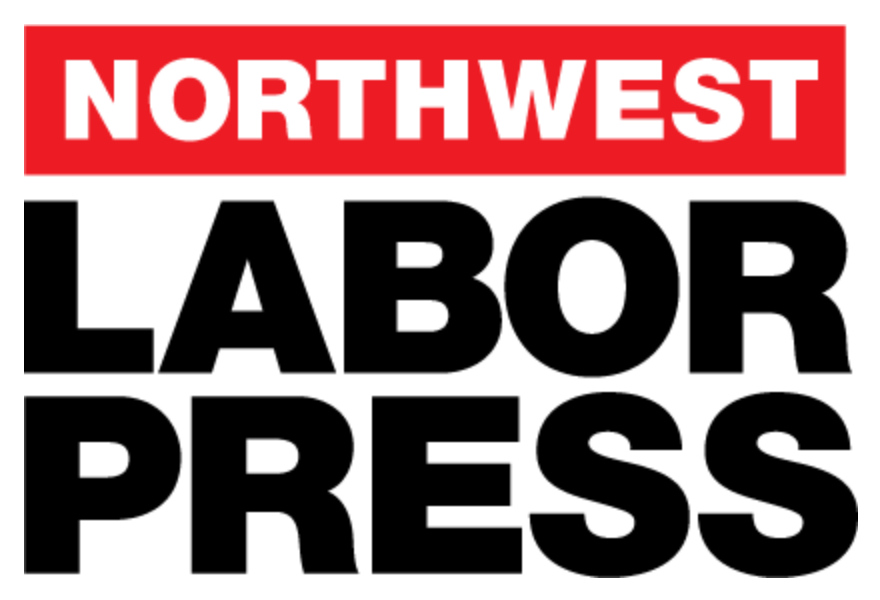It’s been quite a rollercoaster ride for Gwynne Wilcox.
In 2023 Wilcox was confirmed by the Senate to a five-year term as a member of the National Labor Relations Board. The board rules on unfair labor practice cases and interprets the law that spells out private sector union rights. But on Jan. 27, the Trump administration told her she was fired. Wilcox filed a lawsuit on Feb. 5, because the National Labor Relations Act says a Board member can’t be removed before their term is up except for neglect of duty or malfeasance in office. Since then:
- She was reinstated: A D.C. District Court judge ruled March 6 that Trump’s termination was illegal and reinstated Wilcox.
- She was removed again: A three-member panel of the DC Circuit Court agreed March 28 to set aside the March 6 ruling and removed Wilcox again.
- She was reinstated again: The full DC Circuit Court overturned the panel April 7 and reinstated Wilcox again.
- She was removed again: The U.S. Supreme Court issued a stay of the DC Circuit Court’s decision April 9, removing Wilcox again until the court can decide on the merits of the lawsuit.
The basic question now is whether Congress can establish quasi-independent agencies to administer laws. Dozens of federal boards and agencies are structured in a similar way: Presidents nominate their members to serve terms of office but then can’t remove them until their terms expire. Other examples include the Securities and Exchange Commission, Consumer Financial Protection Bureau, and Federal Communications Commission. Trump administration lawyers are arguing that the structure of all those agencies is unconstitutional because the Constitution vests all executive power in the president. Article II Section 3 of the U.S. Constitution says the president “shall take care that the laws be faithfully executed,” and administration lawyers are arguing that to carry out that responsibility, the president must be able to remove officers at will.
The U.S. Supreme Court has already decided that question, ruling in 1935 and 1958 that restrictions on presidents removing members of multimember adjudicatory boards are constitutional. But in 2020 and 2021, the Court ruled that similar restrictions — barring presidents from removing the single person atop the Consumer Financial Protection Board and Federal Reserve — were unconstitutional. That raised the question of whether the court would expand the ruling, overturning the earlier precent and allowing removal of members of multi-member boards.
If the court does that, it will mean Democratic presidents will also be able to quickly change the membership of those boards and commissions.
Under the 1935 law that created the NLRB, the board has five seats. Two of those seats were vacant, so Wilcox’ removal leaves only two board members. The Supreme Court also ruled back in 2010 that the NLRB must have a quorum of at least three members to issue decisions. In other words, Wilcox removal means the NLRB now lacks a quorum to make certain decisions.
Unfair labor practice charges will still be investigated and prosecuted, administrative law judges will still make decisions, and union elections will still be held. It’s just that any challenges or appeals to the agency’s highest body will be in limbo until quorum is restored.
Three months into his term, the Trump administration has yet to name any nominees for the three vacant board seats.
Two for one Gwynne Wilcox’ case was consolidated with a similar case in which Trump fired Cathy Harris from the Merit Systems Protection Board, an independent agency that protects the rights of federal employees.


